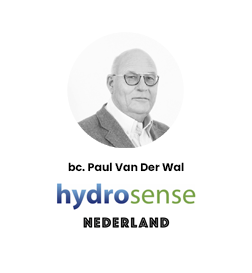Filtration is an essential component in Legionella risk management strategies. Although effective in removing sediment, organic matter, and a significant portion of the bacterial load, filtration does not provide an absolute guarantee of Legionella pneumophila elimination .
In addition, even with an effective filtration system, biofilm formation on filter surfaces can create a reservoir of Legionella bacteria. Under suboptimal conditions, these bacteria can multiply, underscoring the importance of rigorous maintenance and regular inspection of filtration systems.
Benefits of filtration in Legionella prevention
Filtration contributes to the prevention of Legionella in several ways:
- Sediment reduction : Sediments serve as substrates for biofilm formation and create a suitable environment for Legionella growth. Filtration reduces the presence of these potential growth environments.
- Water Quality Improvement : The removal of sediments and organic matter results in improved overall water quality and increases system efficiency.
- Reduction of chemical treatments : By pre-removing organic material via filtration, the burden on chemical disinfection methods is reduced.
Limitations of filtration as a sole strategy
Despite its benefits, filtration alone is not enough to completely eliminate Legionella risk. Factors such as saturation of the filter media, changes in water pressure or flow, and the potential for bacteria to bypass filtration barriers limit the effectiveness of filtration as a stand-alone prevention strategy.
In addition, the presence of Viable But Non-Culturable (VBNC) Legionella, which traditional cultivation methods often miss, can increase the risk
Hydrosense technology as additional protection
Hydrosense technology provides an additional layer of protection by providing rapid, on-site detection of Legionella , including VBNC strains. This improves the monitoring of filtration systems and enables early detection of potential contamination that would otherwise go unnoticed.
The need for a multi-barrier approach
An integrated strategy, combining filtration with regular, on-the-spot Legionella detection using methods such as Hydrosense , provides more robust protection than filtration alone. This multi-barrier approach maximizes the effectiveness of Legionella risk management and reduces the likelihood of outbreaks.
Aiming for such an integrated strategy by 2025 and beyond is crucial for proactively managing Legionella risks in water installations.



